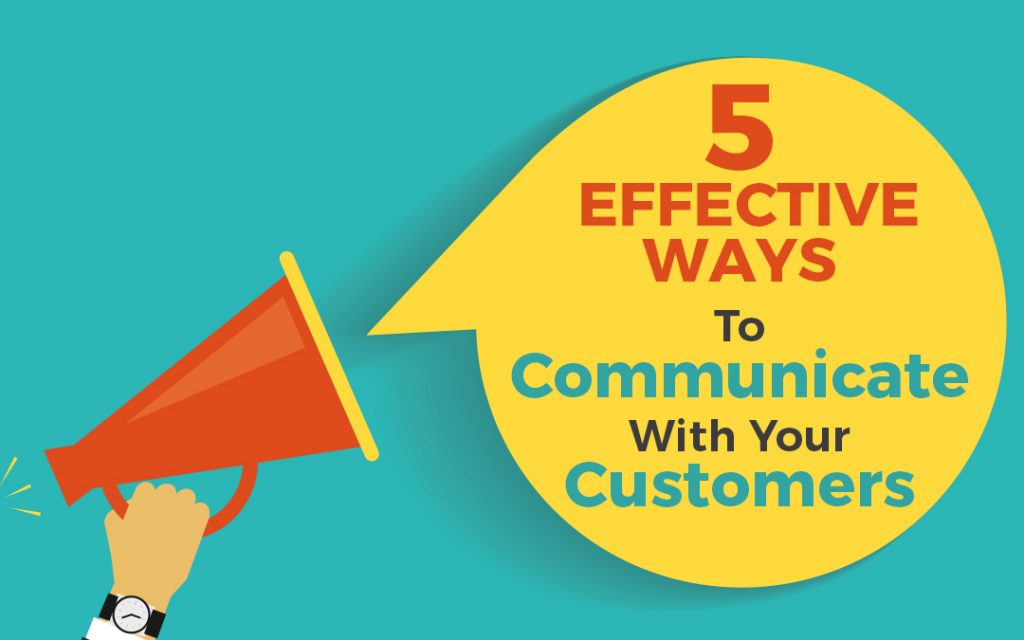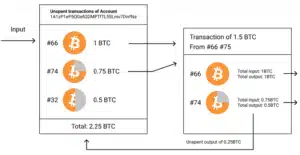Small Business: 5 Effective Methods to Communicate with Customers

The foundation for any successful business is its customers. Not only is it essential to generate those all-important initial sales, but it’s also vital you build healthy, lasting relationships. Aside from continuing to receive their trade, happy customers turn into advocates for your company, promoting your products/services to others.
One way of developing strong customer relationships is with effective interpersonal skills. Communication can go a long way to gaining the trust of consumers, which is why you should offer as many communication options as possible. Here are five effective communication methods to ensure your customers receive the service they demand.
Table of Contents
1. Telephone
Yes, it’s the most old-fashioned method on this list. Yet don’t let that fool you: the telephone remains one of the most effective communication methods available. People like to feel they’re talking to a real person, which is something the telephone provides, and it’s also one of the most efficient ways for inquiries to be answered.
Of course, providing dedicated telephone service is a serious drain on resources for a small business. Fortunately, this element can be outsourced to a specialist phone provider. You can utilize a small business answering service, for example, which makes your company available by phone on a 24/7 basis.
2. Email
Email is another traditional method that is still worthwhile for a small business. It’s one of the finest methods to connect with customers due to it being inexpensive, convenient, and relatively swift to use.
Aside from providing customers with a way to get in touch with your business, email is also beneficial as a marketing tool. You can use it to send out everything from personalized messages to newsletters to those on your email list.
3. Webchat
When a customer is searching for a quick response but doesn’t want to pick up the phone, web chat is an ideal solution. Webchat is placed on a website, usually bottom-right of the page, and all a user has to do is select the webchat and type their question.
While webchat can be managed by human employees, an effective tactic is to use automation to answer common questions within seconds. Then if a complex inquiry is made, a representative can step in and help.
4. Social Media
Social media isn’t just a promotional tool for your business. It also supplies a different dimension to your communication efforts. Due to the convenience it serves, customers will simply use the likes of Twitter and Facebook to contact brands. As a result, it’s essential you monitor your social media channels closely, so you know when any questions are sent your way. A delay in responding could cost you potential sales.
5. Video Messaging
Video messaging has grown in popularity considerably in recent years. It effectively takes telephone calls to the next level, allowing customers to see employees and speak to them face-to-face. This connection by video helps to build relationships faster and ensures transactions can be completed more convincingly.













